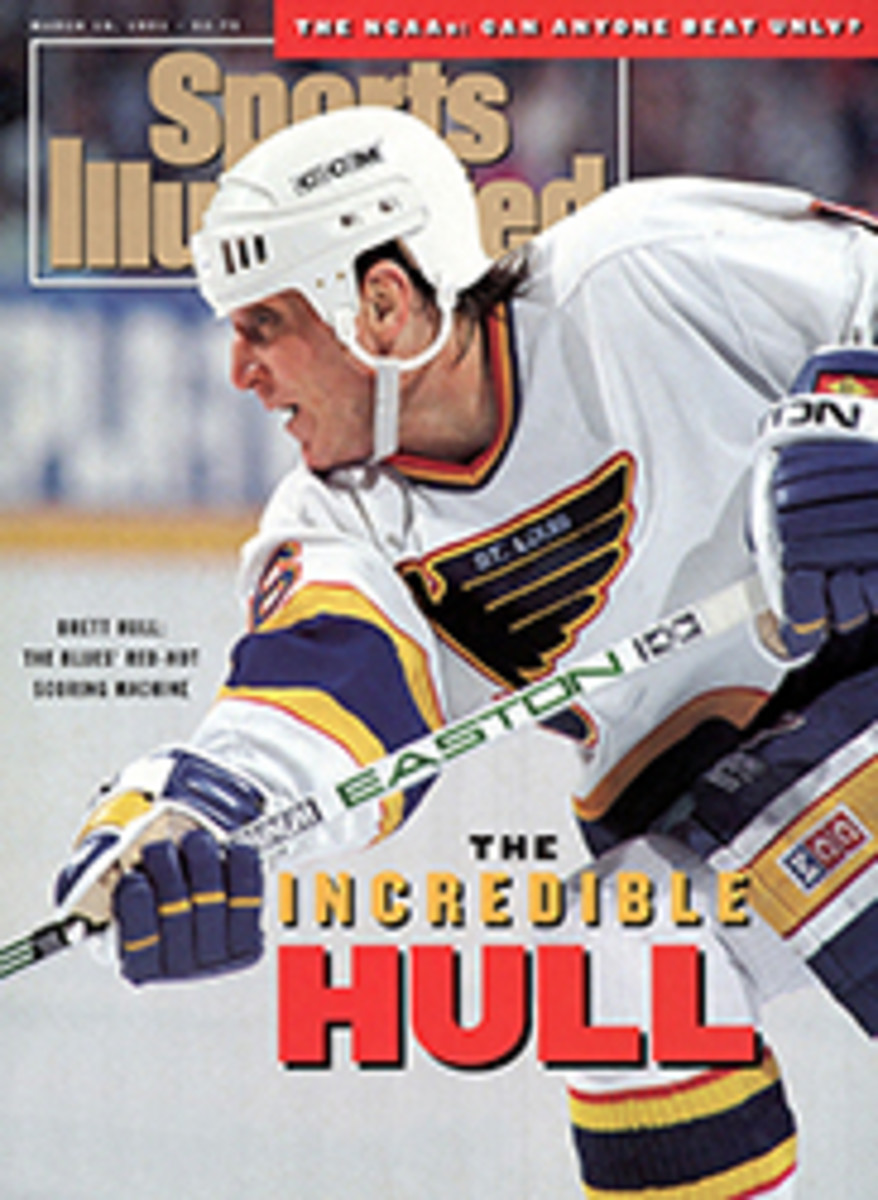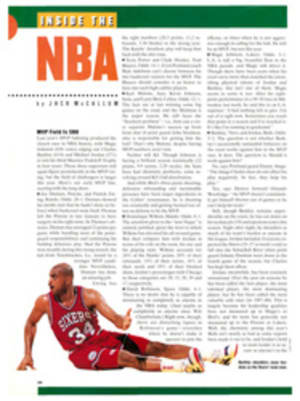
Testing the Export Market
Last Thursday, while the Formula One cars were revving up in Phoenix, 40 Indy Cars—American race cars—were being loaded into a pair of 747s at the Federal Express air terminal in Los Angeles. Their destination: The eastern shore of Australia. "For Formula One, this sort of thing is effortless," said William Stokkan, chairman and CEO of Championship Auto Racing Teams (CART), the governing body for Indy Car racing, referring to the logistics of Fed-Exing a racing series halfway around the world. "It is not yet so for CART."
Give it time. This Sunday, Indy Cars will take to the streets of Surfer's Paradise, 60 miles south of Brisbane, for the Gold Coast Indy Car Grand Prix, the opening round of the 1991 CART championship and, more to the point, CART's first race outside North America. To many observers, the $2.5 million Indy airlift signals a direct challenge by CART to the international supremacy of Formula One and to the Fèdèration International du Sport Automobile (FISA), motor racing's Paris-based world governing body.
Stokkan, who took over the wheel at CART only last April, insists that his organization's focus remains domestic, but he is first and foremost a marketing man—he was head of licensing and merchandising for Playboy Enterprises for 11 years—who speaks with deep admiration for the way the NBA and the NFL have packaged their sports for export. And with CART's highly competitive racing—a quality notably absent from Formula One over the past five years—and big-name American drivers, he has an attractive product. CART's contract with the Gold Coast race runs through 1995, and Stokkan does not rule out the possibility of a race in South America, or even in Europe, before '95.
All of which has the Formula One crowd looking in its rearview mirrors. Formula One commands a tremendous audience internationally, but its annual stop in the U.S.—in such diverse locales as Watkins Glen, N.Y., Las Vegas, Detroit and, most recently, Phoenix—has been a financial disaster. Attendance in Phoenix was 18,500—less than a tenth of that for the average Indy Car race. Two years ago FISA squelched CART's plans for a race in Japan, citing rules that restrict CART, as a "domestic" racing series, to North America. FISA has tried to do the same with the Surfer's Paradise event. In November, at the final Formula One race of last season, the Australian Grand Prix in Adelaide, Stokkan and Bernie Ecclestone, head of promotions for FISA, met repeatedly in an attempt to strike a sanctioning agreement for CART's 1991 venture Down Under. "It was like Don King and Bob Arum sitting down together," says Stokkan with a tight smile.
Ecclestone insisted CART run its race as an "exhibition," with no points awarded toward its season championship. Stokkan refused, and negotiations were dead in the road. Since then little has changed, other than FISA president Jean-Marie Balestre's threatening to revoke the international licenses of all drivers, teams and officials taking part in the Surfer's Paradise race—a move that would be particularly punishing for CART drivers like Michael Andretti and Al Unser Jr., who hope to compete in Formula One.
But, as 1986 Indy champ Bobby Rahal suggests, the biggest race is just starting. "When the flag drops at Surfer's," he said after first seeing the impressive 2.79-mile seaside circuit last month, "FISA ceases to be an overpowering influence in auto racing."
PHOTO
MICHAEL SCULLY
Indy Cars got Fed-Exed by 747 to a controversial CART race Down Under.

